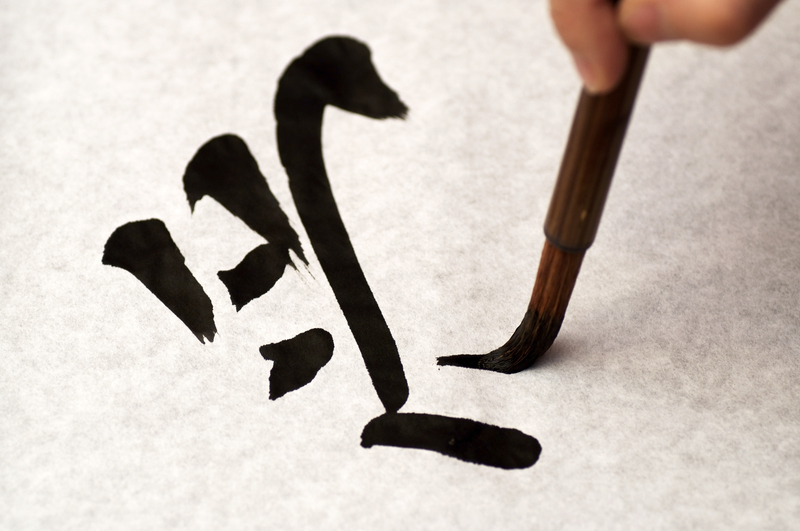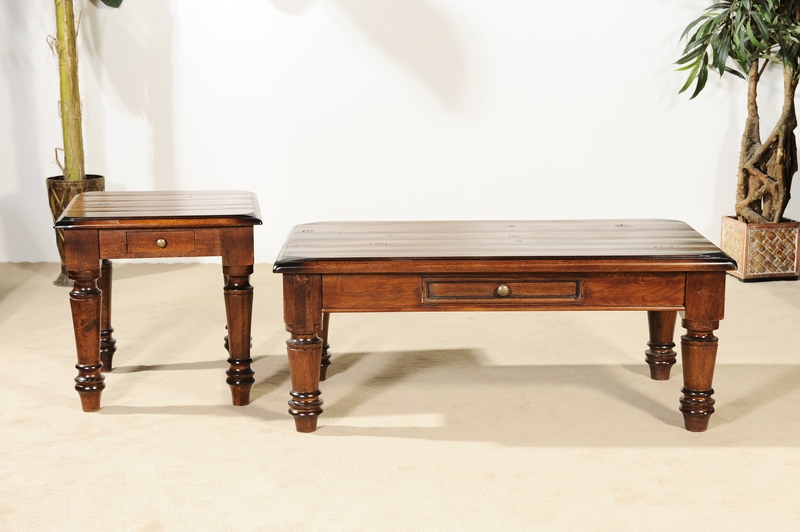Bamboo: Leading the Way in Sustainable Goods
As the planet grapples with the multifaceted crises of climate change, resource depletion, and environmental degradation, sustainable alternatives to traditional materials are more critical than ever. One such beacon of hope in the realm of sustainable resources is bamboo. This unassuming plant, often associated with pandas and tropical landscapes, has emerged as a frontrunner in the race for sustainability. Bamboo's rapid growth cycle, durability, and versatility make it an exemplary candidate for producing a wide array of goods, from textiles to construction materials.
Understanding Bamboo: The Green Gold
Bamboo, a member of the grass family, is renowned for its staggering growth rate and robust nature. Certain species of bamboo can grow up to three feet in a single day, potentially reaching full maturity within three to five years. This stands in stark contrast to traditional hardwood trees, which can take several decades to mature. The rapid regeneration rate of bamboo ensures a plentiful supply, reducing the stress on forests and contributing to sustainable forestry practices.

The Ecological Benefits of Bamboo Cultivation
Bamboo plays a crucial role in fighting climate change and maintaining ecological balance. It has an exceptional carbon sequestration ability, absorbing carbon dioxide and releasing 35% more oxygen compared to an equivalent stand of trees. Additionally, bamboo's extensive root system mitigates soil erosion and helps maintain soil fertility. The plant requires minimal pesticides and fertilizers, making its cultivation environmentally friendly and often organic.
Bamboo in the Textile Industry
One of the soaring applications of bamboo is in the textile industry, where it is lauded for its softness, durability, and antimicrobial properties. Bamboo fabric, characterized by a silky texture, is highly absorbent and breathable, making it ideal for clothing, bed linens, and towels. Additionally, its natural antimicrobial properties make it suitable for products like socks, baby clothes, and sanitary items.
However, it's noteworthy that the process of converting bamboo into fabric can range from mechanical to chemical methods. The mechanical process is environmentally friendly, involving crushing the bamboo plant and then employing natural enzymes to create a mush before spinning it into fibers. In contrast, the chemical process, often used to create bamboo rayon, involves harmful chemicals that can pose environmental risks if not managed properly. This highlights the importance of conscientious consumer choices and supporting sustainable production methods.
Bamboo's Role in the Construction Industry
Bamboo's strength and flexibility have made it a favored material in the construction world. In many cultures, bamboo has been a traditional building material for centuries. Modern engineering has now recognized its potent qualities, boasting a tensile strength that rivals steel and a compressive strength comparable to concrete. Bamboo can be utilized in an array of construction elements, including floorboards, scaffolding, and structural frames.
Given its lightweight nature and ease of handling, bamboo reduces transportation emissions and improves the efficiency of construction projects. Additionally, bamboo-based construction is proving to be a sustainable solution in disaster-prone regions. For example, bamboo structures can withstand earthquakes better than many traditional building materials due to their inherent flexibility.
Bamboo Household Goods: A Sustainable Choice
From kitchen utensils to furniture, bamboo is permeating the consumer goods market. Its lightweight yet durable nature makes it ideal for a variety of household items, including cutting boards, chopsticks, and even bicycles. Bamboo furniture is gaining popularity for its aesthetic appeal and sustainable footprint. Furnishings made from bamboo are not only stylish but also resilient to wear and tear, providing a long-lasting alternative to conventional wooden furniture.
Bamboo's utility extends to personal care products as well. Toothbrushes, hair combs, and razors made from bamboo offer a biodegradable option to their plastic counterparts, reducing plastic waste and promoting environmental conservation. Bamboo's ascendancy in the consumer market is a testament to its versatility and sustainable advantage.
Challenges and Considerations in Bamboo Utilization
While bamboo presents a plethora of benefits, its utilization is not devoid of challenges. One significant concern is the potential for monoculture plantations, which can lead to biodiversity loss and soil degradation if not managed sustainably. Hence, promoting diverse agroforestry practices is crucial to maintaining ecological balance.
Another consideration is the socio-economic factors involved in bamboo production. Small-scale farmers and local communities should be supported to ensure fair trade practices and equitable profit distribution. Empowering these stakeholders through education and capacity-building initiatives can foster sustainable bamboo cultivation and trade.

Future Prospects and Innovations in Bamboo Technology
As demand for sustainable materials grows, so does innovation in bamboo technology. Researchers and engineers are continually exploring new ways to enhance bamboo's properties and expand its applications. Innovations such as engineered bamboo, which involves bonding bamboo fibers under high pressure, are pushing the boundaries of what bamboo can achieve in the realm of construction and industrial applications.
The future of bamboo envisions its integration into high-performance materials, such as composites used in automotive and aerospace industries. Additionally, advancements in bioprocessing techniques could create more environmentally friendly ways of producing bamboo textiles, further reducing the ecological footprint of this versatile plant.
Conclusion: Bamboo's Leading Role in a Sustainable Future
Bamboo's rise as a beacon of sustainability is a promising development in our quest for environmental stewardship. Its rapid growth, ecological benefits, and wide-ranging applications position it as a pivotal resource in sustainable goods production. However, realizing its full potential requires a conscientious effort towards sustainable cultivation, equitable trade practices, and continued innovation.
As consumers and industries alike become more environmentally conscious, bamboo's role in promoting a sustainable future is likely to expand. By embracing bamboo and its myriad benefits, we can take a significant step towards reducing our carbon footprint, conserving natural resources, and fostering a healthier planet for future generations.
Ultimately, bamboo is not just a material--it symbolizes the harmony we seek between progress and preservation, between consumption and conservation. In this balance lies the key to a sustainable future, with bamboo leading the way.




